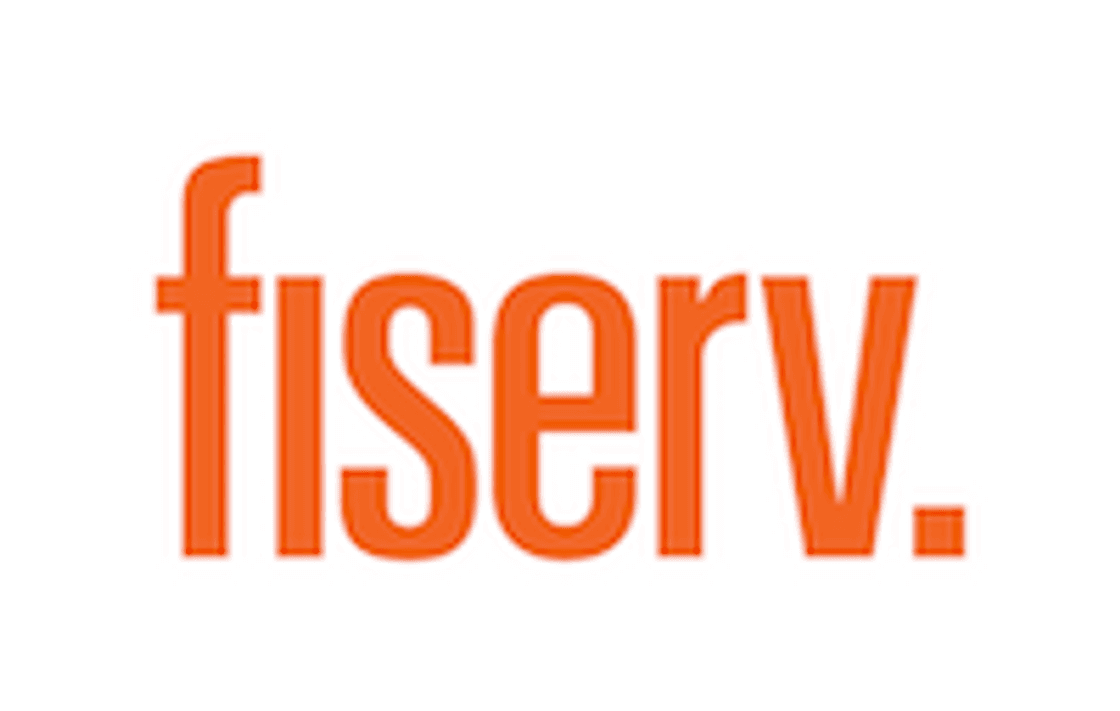Executive Summary
The tide is coming in. As women work, earn, save, spend, and invest, they are becoming a more powerful driver of the US economy. Fully 58% of women in America were working at the end of 2012, up from 44% in 1972 (US Department of Labor 2015). And one estimate puts private wealth in the United States at $22 trillion by 2020, with half of that in the hands of women (Silverstein and Sayre 2009). More work and more assets are coming at a time when men and women alike are required to assume greater responsibility for their own financial futures.
While more women are participating in the economy than ever before, there are still many who are unemployed or who choose to stay at home. The responsibility of raising children often falls to women, by choice or necessity, which takes them out of the workplace at the height of their earning potential. Women also live longer than men, making them more likely to manage finances alone after the death of a spouse. Financial service providers must respond to the specific challenges women face, so that women—employed, unemployed, and homemakers alike—can gain and then maintain economic stability.
Sponsors









